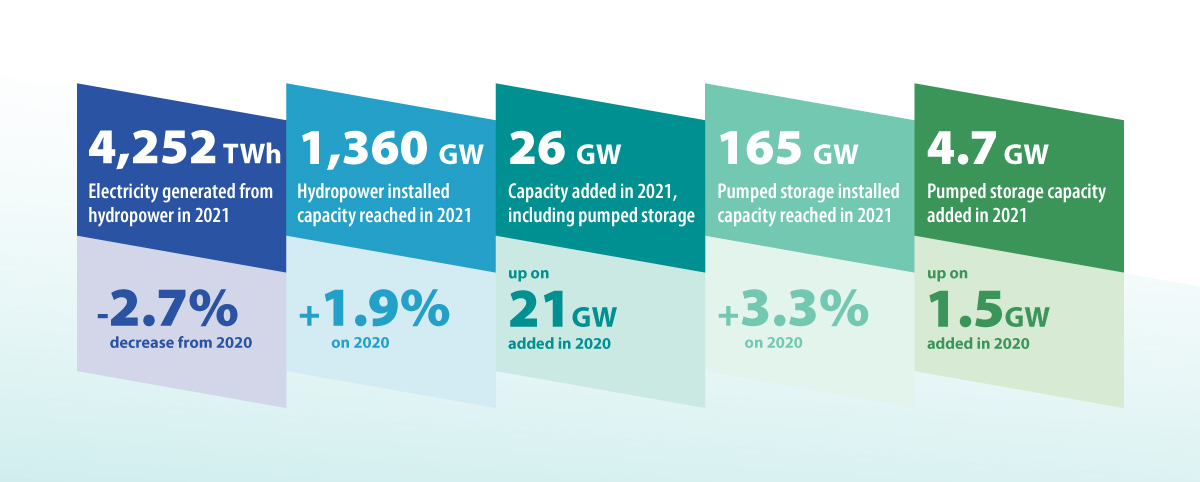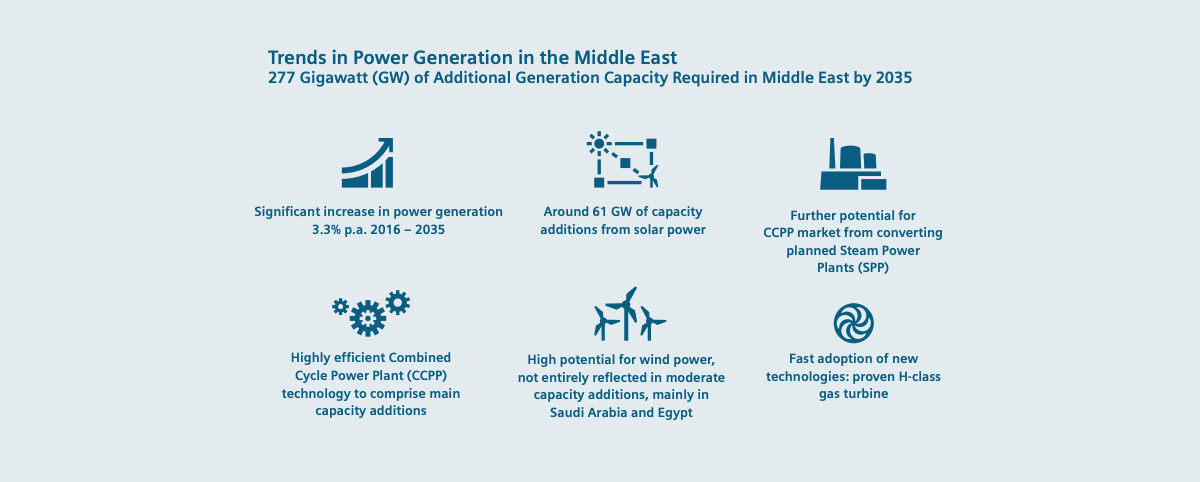Hydropower is one of the cleanest and most widely used renewable energy sources worldwide. In fact, it corresponds to about 16% of the global energy production; it’s enough electricity to power the entire European Union. However, there’s still a massive potential for this kind of energy, mainly in areas where this resource is underused for such purposes.
In this article, we share the key takeaways and highlights from the International Hydropower Association or IHA's latest Hydropower status report for 2022 which provides all the current information about existing, proposed and potential hydropower projects worldwide.
Read on and discover how in places like the Middle East and Africa, the advantages and disadvantages of hydroelectric power plant are still being discussed. We will also address why China is pretty much the only country keeping at pace with the net zero emission goals by rapidly implementing more hydroelectric power plants across the country.
Overview of Hydropower Industry in 2022
In November 2021, during the 26th UN Climate Change Conference (COP26), 197 countries signed the Glasgow Climate Pact, agreeing to de-escalate coal usage for energy generation. It’s the first global agreement of its kind, creating a wave of optimism about the issue. In this sense, one of the main questions raised was how to replace the energy output so far guaranteed by fossil fuels like coal.
Hydropower is a natural response to such questions, and the advantages of hydroelectric power plant over thermoelectric power plants are self-evident. Hydropower is a completely clean and renewable energy source, one that’s untapped in several countries worldwide, especially underdeveloped ones. That’s why the installed capacity of hydropower keeps growing worldwide: 1.9% since 2020). Yet, the hydropower energy output decreased by 2.7% between 2020 and 2021.
China leads the ranking of installed capacity in 2021 (391 GW), followed by Brazil (109.4 GW) and the United States (101.9 GW). Indeed, East Asian countries are investing the most in hydropower, with 21,897 MW combined in installed capacity, which is much more than the rest of the world. The second region with more installed capacity, South and Central Asia, has only1,961 MW of installed capacity. Africa and South America lag far behind, with 182 MW and 172 MW, respectively.
Key Takeaways
The Top 3 countries in hydropower installed capacity are traditional investors of this kind of energy and are part of the history of hydroelectric power plant. These countries pioneered several engineering solutions for this hydropower plants.

However, if we consider only the numbers from 2021, no other country has even come close to China regarding new installations and facilities. China topped the Top 10 list with 20,840 MW last year. Canada, the second place, installed a meager 924 MW.
Other names in the ranking include India, Nepal, Laos, Turkey, Indonesia, Norway, Vietnam, and Brazil. No African or Middle Eastern countries are on the list, showing the gap between those regions and the rest of the world. 38 other countries invested in hydropower, three more than in 2020.
The African region has the most unharnessed potential in the world. According to the Hydropower Status Report 2022, the region could reach an output of 474 GW. Still, the continent has only 38 GW of installed capacity so far. Europe already uses almost its entire capacity, with only 73 GW still unharnessed. The East Asia and Pacific region tops the ranking easily: 501 GW of installed capacity and 359 GW more. Central Asia and the Americas still have a lot of untapped potential, too.
Hydropower Popularity in Europe
Hydropower is becoming a more popular energy source in Europe. Premel is helping develop the infrastructure needed to make that happen and provide an emergency power source. In Europe, the population is growing at a rate of 0.1 per cent per year, but energy demand is growing at 1 percent per year. This means if we do nothing about it, then there will be an energy shortage in about 30 years.
Hydropower emergency power systems are being built across Europe to meet this need for electricity. Premel has been involved with some of these projects and helped develop some of their infrastructure needs. Premel has worked with global companies to ensure that these plants are up-to-date with modern standards.
Investment in Hydropower in the Middle East
The Middle East is one of the most geologically active areas. The region's landscape is also highly diverse, ranging from desert to mountain to coastal. Due to this diversity, there are many ways for hydropower to be harnessed in the Middle East.
For example, some of the most powerful rivers in the world – the Nile and the Tigris/Euphrates – flow through desert regions. This means traditional hydroelectric plants don’t work well. It would be more efficient for these rivers to be dammed. They can then be turned into water reservoirs for irrigation or other uses (such as generating electricity).
In addition to these more traditional energy sources, we’re also developing industrial automation within the Middle East. This can revolutionise how we harness power and help with system maintenance. Our systems also help power mobile traffic signal systems.
Forecast of Installed Hydropower in the Middle East
The Middle East's energy production is expected to increase in the next few years. It is estimated that the Middle East will need approximately 277 gigawatts of new power capacity by 2035. Although gas will stay the main source of generating power (roughly 60%), the investment in hydropower is expected to increase significantly.

However, this estimate assumes that all nations will invest considerably in renewable energy projects over the next five years. Many countries don’t have a history of investing in clean energy technologies or have simply ignored them in their plans thus far.
Engineering Solutions for Power Plants
Premel’s technological successes include designing and building new power plants and water management. The company specializes in retrofitting existing power plants with new technology. Premel also provides power engineering services and industrial service and maintenance for existing power plants. Premel has one of Europe's largest teams of program management experts, trained engineers and technicians.
The firm has years of experience working on projects across the continent, and Premel’s safety performance is second to none. Premel uses knowledge of management services engineering industries to find the best solution for each project, whether meeting local requirements or creating a custom system maintenance solution that meets all your needs.
Premel believes that by investing in hydropower facilities, countries can become more sustainable. Shifting to hydropower systems can lead nations in building a more sustainable economy with better environmental impact.
Learn more about Hydroelectric Power Plants from Premel here. Contact Premel to learn more about electrical panels and the other products and services they have to offer.
